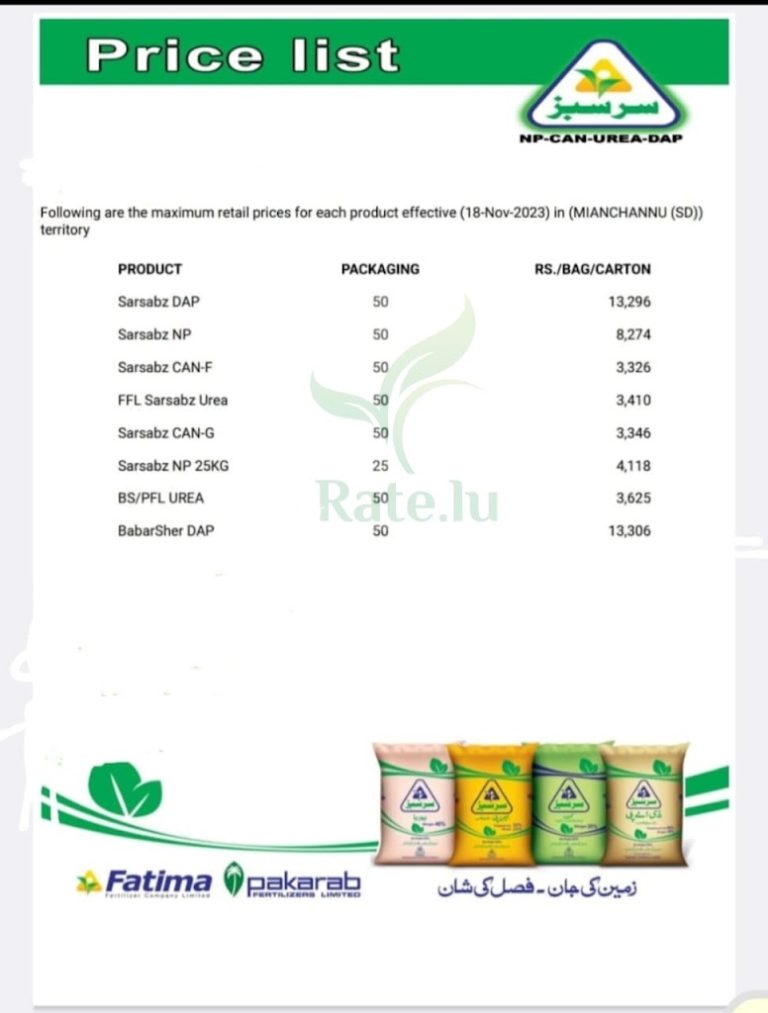Mastering User-Input Errors: How to Tackle Fake Error Message Text Copy and Paste
User-input errors can be frustrating, especially when they result from fake error message text copy and paste. These errors can occur when users mistakenly copy and paste fake error messages, leading to confusion and unnecessary troubleshooting. In this article, we will discuss how to identify and tackle fake error message text copy and paste, ensuring a smoother user experience.
Understanding Fake Error Message Text Copy and Paste
Dealing with fake error message text copy and paste? You’re not alone. These deceptive messages often appear legitimate but are crafted to mislead users. They can surface on various platforms, from websites to applications, causing confusion and hindering user experience.
Navigating such errors requires a blend of vigilance and technical know-how. Let’s delve into actionable insights to tackle this issue head-on.
Identifying Fake Error Messages
Fake error messages mimic genuine alerts, making them tricky to spot. They often employ scare tactics, urging users to take immediate action. However, discerning eyes can detect subtle inconsistencies, such as grammatical errors or unusual formatting, hinting at their fraudulent nature.
Common Scenarios
In the realm of fake error message text copy and paste, several scenarios are prevalent. From phishing attempts to malware dissemination, perpetrators employ diverse tactics to exploit unsuspecting users. Recognizing these scenarios empowers users to respond effectively and safeguard their digital assets.
Strategies for Mitigation
Encountering a fake error message text copy and paste can be unsettling, but proactive measures can mitigate potential risks. Let’s explore practical strategies to navigate these challenges seamlessly.
Verification Protocols
Implement robust verification protocols to authenticate error messages. Utilize multi-factor authentication and cryptographic techniques to validate the integrity of messages. By verifying the sender’s identity and ensuring message integrity, you can thwart fraudulent attempts effectively.
User Awareness Campaigns
Educating users is paramount in combating fake error message text copy and paste. Conduct comprehensive awareness campaigns to familiarize users with common tactics employed by malicious entities. Empower them to scrutinize messages critically and report suspicious activities promptly.
Security Protocols
Fortify your systems with robust security protocols to fortify against potential threats. Regularly update antivirus software, firewall configurations, and intrusion detection systems to bolster your defense mechanisms. Additionally, implement stringent access controls and encryption protocols to safeguard sensitive data from unauthorized access.
FAQs:
What are fake error message texts?
Fake error message texts are messages that appear to be legitimate error messages but are actually created to deceive users. They may contain misleading information or instructions, leading users to believe that there is a problem when there isn’t.
How can I identify fake error message texts?
Fake error message texts often contain grammatical errors, spelling mistakes, or use language that is overly technical or confusing. They may also ask for personal information or payment to resolve the supposed issue.
What are the consequences of copying and pasting fake error message texts?
Copying and pasting fake error message texts can lead to further confusion and may result in users taking unnecessary or harmful actions, such as downloading malicious software or providing sensitive information.
Conclusion:
Fake error message texts can be a nuisance, but with a few simple precautions, you can protect yourself from falling victim to them. By staying vigilant, verifying the authenticity of error messages, and being cautious with your actions, you can tackle fake error message text copy and paste effectively and ensure a smoother user experience.






